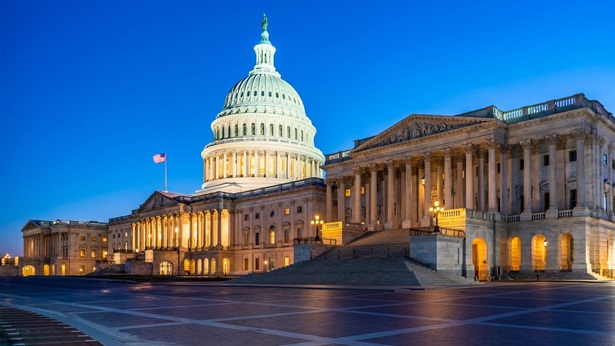Water
Stormwater regulations are changing quickly. Builders and developers must understand both the minimum requirements established by federal rules as well as the different approaches used by states to implement them.
Construction General Permit
- The U.S. Environmental Protection Agency (EPA) on May 12, 2021, published the proposed 2022 Construction General Permit (CGP) in the Federal Register. The current 2017 CGP permit is in effect until Feb. 16, 2022, when the final 2022 CGP will become effective for five years.
- Stormwater CGPs are the most common environmental permit residential developers and builders must obtain. EPA’s CGP authorizes stormwater discharges from active land development and construction activities.
- Although only applicable in New Mexico, Idaho, Massachusetts, and New Hampshire, as well as Puerto Rico and the District of Columbia, the EPA CGP serves as a model for most other states when they develop their own stormwater permitting requirements under the federal Clean Water Act.
- Both developers and builders must seek coverage under the CGP for construction that disturbs more than one acre, or less than one acre within a larger common plan of development, such as an individual builder constructing a home on a single building lot(s) within a residential subdivision.
- Under the CGP, permit holders are required to prepare, implement, and track their progress through a document called the Stormwater Pollution Prevention Plan (SWPPP). The SWPPP documents how the developer or builder is implementing all of the CGP’s requirements during the active phase of land development or construction activities.
Key Changes in the Proposed 2022 CGP
- Creates additional notification and recordkeeping requirements to avoid contaminated discharges from dewatering activities (i.e., discharges relating to pumping out accumulated water from excavated areas).
- Requires permit holders before filing their Notice of Termination (NOT) with EPA to submit a photograph showing the condition of the site (i.e., documenting site stabilization) at the time of terminating CGP permit coverage.
- Requires permit holders to document (i.e., photograph) during regular inspections any signs that sedimentation as a result of stormwater discharges from construction activities are occurring to so-called “receiving waters.”Creates additional notification and recordkeeping requirements to avoid contaminated discharges from dewatering activities (i.e., discharges relating to pumping out accumulated water from excavated areas).
- Requires permit holders before filing their Notice of Termination (NOT) with EPA to submit a photograph showing the condition of the site (i.e., documenting site stabilization) at the time of terminating CGP permit coverage.
- Requires permit holders to document (i.e., photograph) during regular inspections any signs that sedimentation as a result of stormwater discharges from construction activities are occurring to so-called “receiving waters.
- Expands the CGP’s current stormwater inspection requirements by requiring CGP permitholders to document either proof of completing a new EPA stormwater training program, or documenting proof of completing a third-party stormwater training program.
- Clarifies existing 2017 CGP permit flexibilities concerning alternative site stabilization and inspection deadlines for arid and semi-arid areas of the country by establishing a definition for “seasonally dry period.”
- Clarifies that EPA does not endorse under the CGP any stormwater control products nor SWPPP plans.
Additional Resources
Learn more about the proposed changes to the 2022 CGP with these EPA resources:



